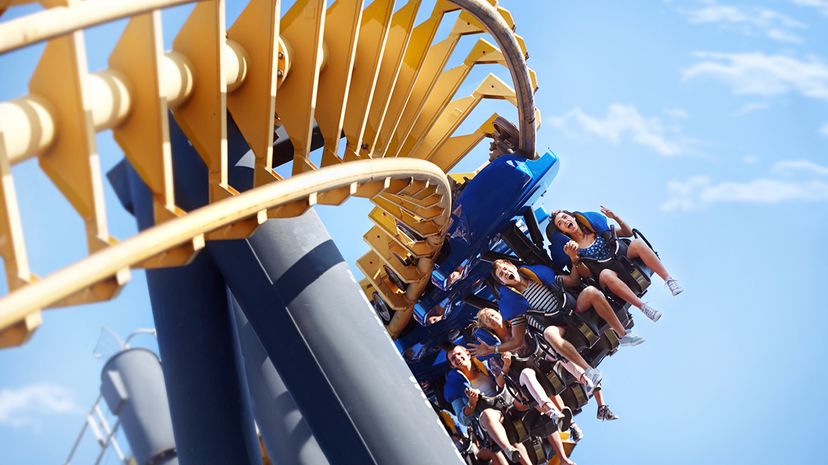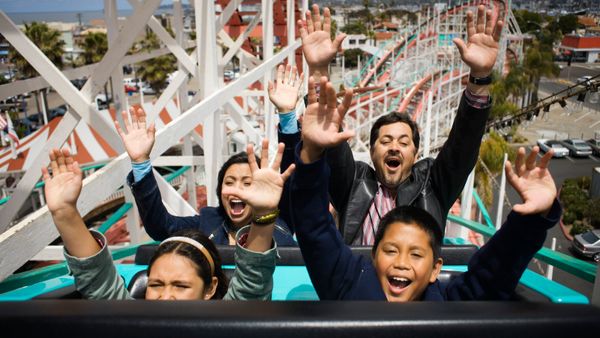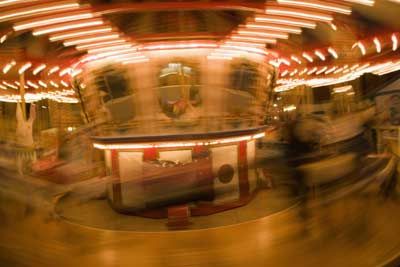
If you enjoy studying physics (and who doesn't), there are few more exhilarating classrooms than roller coasters. Roller coasters are driven almost entirely by basic inertial, gravitational and centripetal forces=, all manipulated in the service of a great ride. Amusement parks keep upping the ante, building faster and more complex roller coasters, but the fundamental principles at work remain basically the same.
In this article, we'll examine the principles that keep coaster cars flying around on their tracks. We'll also look at the hardware that keeps everything running, as well as the forces that make the rides so much fun.
Advertisement
The amusement-park industry has experienced a coaster boom of sorts in recent years. New catapult launching techniques, hanging-train designs and other technological developments have opened a world of options for designers. There are now coasters that give riders the experience of flying, and those that shoot riders down long stretches of spiraled tracks. "Fourth dimension" coasters spin or rotate seats as the ride twists, turns and free-falls. Keep reading as we loop you in on all the newest features and innovations in roller coaster.

